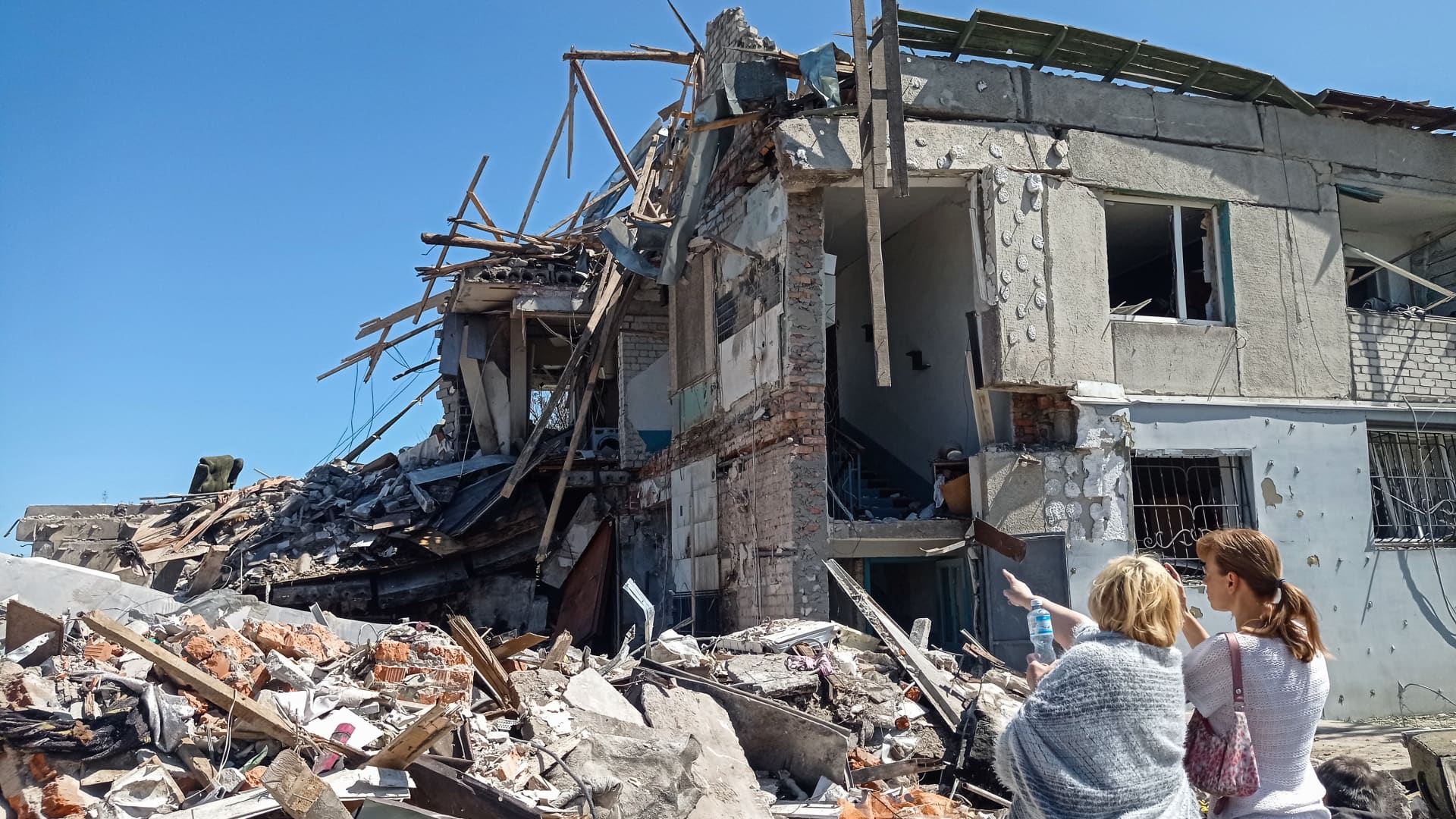European officials are currently exploring options to utilize Russian assets in order to fund the reconstruction of Ukraine, according to a senior official. The European Union has confirmed the existence of over 200 billion euros ($215.5 billion) in frozen assets belonging to the Russian central bank, as well as an additional 20 billion euros in assets belonging to Russian private individuals. These assets were frozen as a result of European sanctions imposed following Russia’s invasion of Ukraine. Plans are being discussed among the 27 EU member states on how to effectively use these assets to support Ukraine’s reconstruction efforts. Anders Ahnlid, the chair of these discussions, expressed optimism in bringing forward ideas on how to utilize the proceeds from these immobilized assets.
The issue at hand is complex, both legally and politically. The European Union has maintained its stance that Russia should be responsible for the damage it has caused in Ukraine. European Commission President Ursula von der Leyen emphasized the need for a structure to manage the frozen funds, with the intention of investing them and ultimately channeling the proceeds to Ukraine once the war is over and sanctions are lifted.
Currently, the focus is on utilizing the proceeds from Russian central bank assets, as it is deemed the easiest way to navigate potential legal obstacles. The exact amount of funding this will provide Ukraine and the timeline for disbursement remain uncertain. Ahnlid highlighted the importance of understanding the composition of these assets and their potential returns in order to determine their availability for reconstruction.
Economists acknowledge the possibility of legally utilizing the proceeds from Russian central bank assets but caution that it may not have a significant financial impact on Ukraine. Jacob Kirkegaard, a senior fellow with the Peterson Institute for International Economics, remarked that while the plan may work legally, it may not be a substantial game-changer financially.
According to the World Bank, the European Commission, the United Nations, and the Ukrainian government, the total cost of reconstruction in Ukraine has reached $441 billion. However, ongoing conflict and the subsequent destruction of lives and infrastructure continue to escalate the overall bill. For example, the recent destruction of the Nova Kakhovka dam has resulted in further environmental, social, and economic consequences with the full cost still being assessed by the World Bank.
Ahnlid stressed the importance of collaborating with international partners such as the United States, the United Kingdom, Japan, Switzerland, and others when considering using the proceeds from Russian frozen assets to contribute to the rebuilding efforts in Ukraine. The United States recently approved the transfer of seized assets from a sanctioned Russian oligarch to Ukraine, signifying its commitment to ongoing support. Moving forward, it is believed that this type of action should be coordinated with key allies to maximize its impact.
In conclusion, European officials are actively seeking ways to leverage Russian assets to aid in the reconstruction of Ukraine. While progress is being made, the process remains complex and requires collaboration with international partners to ensure meaningful assistance.
Denial of responsibility! VigourTimes is an automatic aggregator of Global media. In each content, the hyperlink to the primary source is specified. All trademarks belong to their rightful owners, and all materials to their authors. For any complaint, please reach us at – [email protected]. We will take necessary action within 24 hours.


